LOS ANGELES — Sometime in June, the first of two giant tunnel boring machines will be lifted out of the ground under Wilshire Boulevard, having chomped through almost 10,000 feet of soil as construction of LA Metro’s Purple Line extension progresses west.
Extending the subway a further 9 miles to Westwood from the current terminus at the Wilshire and Western Avenue station, the $8.4-billion project is being built in three sections. To learn how LA Metro is building this line, Trains News Wire spoke with James Cohen, project manager for section 1, longest of the three at nearly 4 miles.
He explains that work started with construction of the La Brea station, one of three in this section. That’s because it is the launch point for the tunnel boring machines (TBMs). Twin tubes will carry trains on two tracks, with crossovers at the La Brea and La Cienega stations.
Tunnel construction has advanced since LA Metro’s subway lines, which originate at Union Station in downtown, first saw operation in 1993.
The biggest difference, according to Cohen, is the use of today’s one-pass TBMs. “When the TBM advances, you have your permanent lining,” he says. “That 1-foot thick, gasketed tunnel segment is the final tunnel other than the emergency walkway and the plinths for the track.” Cohen adds that this method is faster, cleaner, and delivers greater quality.
The stations are nearly identical in design, with center 450-foot platforms, an upper-level concourse, and main entrance. They’re built using traditional cut-and-cover excavation.
Station construction begins by drilling steel piles along the perimeter to create a “box” 800 to 1,000 feet long and 70 feet wide. The bottom of the box is 60 to 70 feet below street level. Wood timbers are put in place between the piles to shore up the street, a process known as soldier pile and lagging.
Once the box is excavated, the bottom and sides are lined with 100-mil-thick high density polyethylene membrane, which prevents both water and gas intrusion. Then, a 5-foot-thick concrete slab is laid, followed by the walls.
The first TBM began working east from La Brea on Oct. 15, 2018 and the second on Nov. 30. When they reach Western Avenue, they will have completed nearly 2 miles of tunneling in eight months. The machines will be extracted through an already-built retrieval shaft, then disassembled and trucked back to La Brea. There, they’ll be reassembled, lowered in, and work east from there to Fairfax.
More than 500 fossils have been found during excavations, including mammoths, mastodons, giant ground sloths, saber-toothed cats, dire wolves, and bison, along with prehistoric horses and camels. Paleontologists are working with LA Metro to monitor, identify, and carefully retrieve the ancient bones.
Surprisingly, more fossils were found at La Cienega than at Fairfax, which is the site of the famous La Brea tar pits. The discoveries have not delayed construction, says Cohen.
So far, no Native American remains or artifacts have been found.
Section 2, which is 14 percent complete, will continue the Purple Line from La Cienega to Century City, with a station at Rodeo Drive in Beverly Hills. Section 3 will add two stations: one at UCLA and the final station at the West Los Angeles Healthcare Center, a Veterans Affairs hospital.
Work has not started yet on section 3, but the FTA recently gave the go-ahead for Metro to proceed with construction. Final approval of federal funding is expected by the end of this year.
LA Metro says that if additional funding can be found, the original dream of a “subway to the sea” could someday be realized.
The Purple Line extension will open as each section is completed and ready for revenue operations. Section 1 is due to go into service in late 2023, followed by section 2 in 2025 and section 3 in 2027. When finished, travel time from downtown LA to Westwood will be 25 minutes. LA Metro projects that 49,000 daily riders will use the seven added stations.
The extension is also a key element of Metro’s “Twenty-Eight by 28” plan to be ready when Los Angeles hosts the 2028 Summer Olympics. [See “LA Metro to prepare for 2028 Olympics with 11 rail projects,” Trains News Wire, Feb. 21, 2019.] “A lot of the events will be held at or near the UCLA campus, so that will be a huge mass transit option for those people,” says Nadine Lee, LA Metro’s chief of staff and lead on the agency’s 10-year strategic plan.
Funding for the Purple Line extension comes from local voter-approved sales tax measures along with federal New Starts grants.
Right now, 350 people are at work on the section 1 construction site. Next for Cohen is excavating cross passages and fitting out the tunnels, followed by installing the mechanical, electrical, and plumbing systems. Then, tracks will be laid and in four years, trains will be rolling under LA’s Miracle Mile.





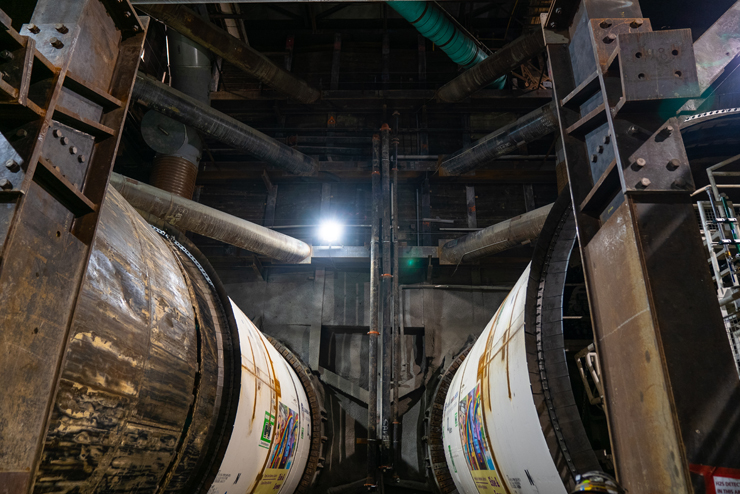

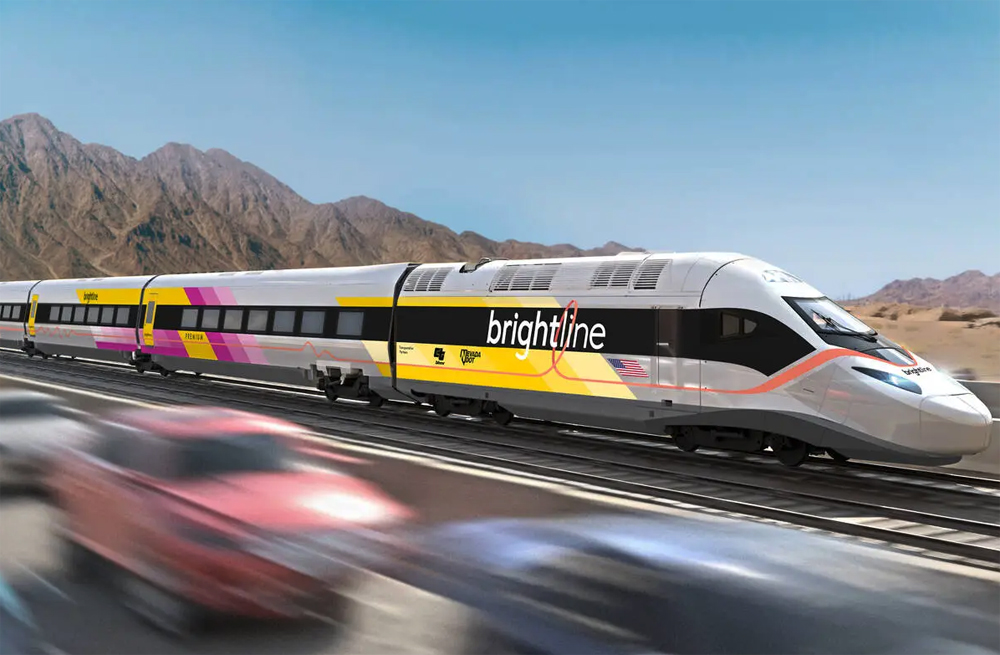
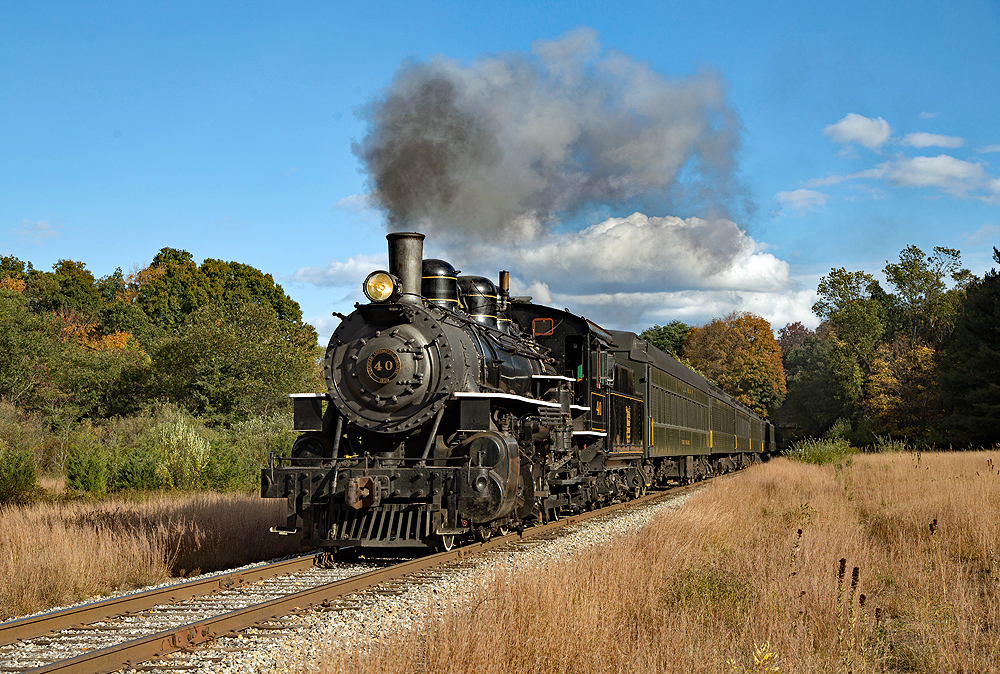
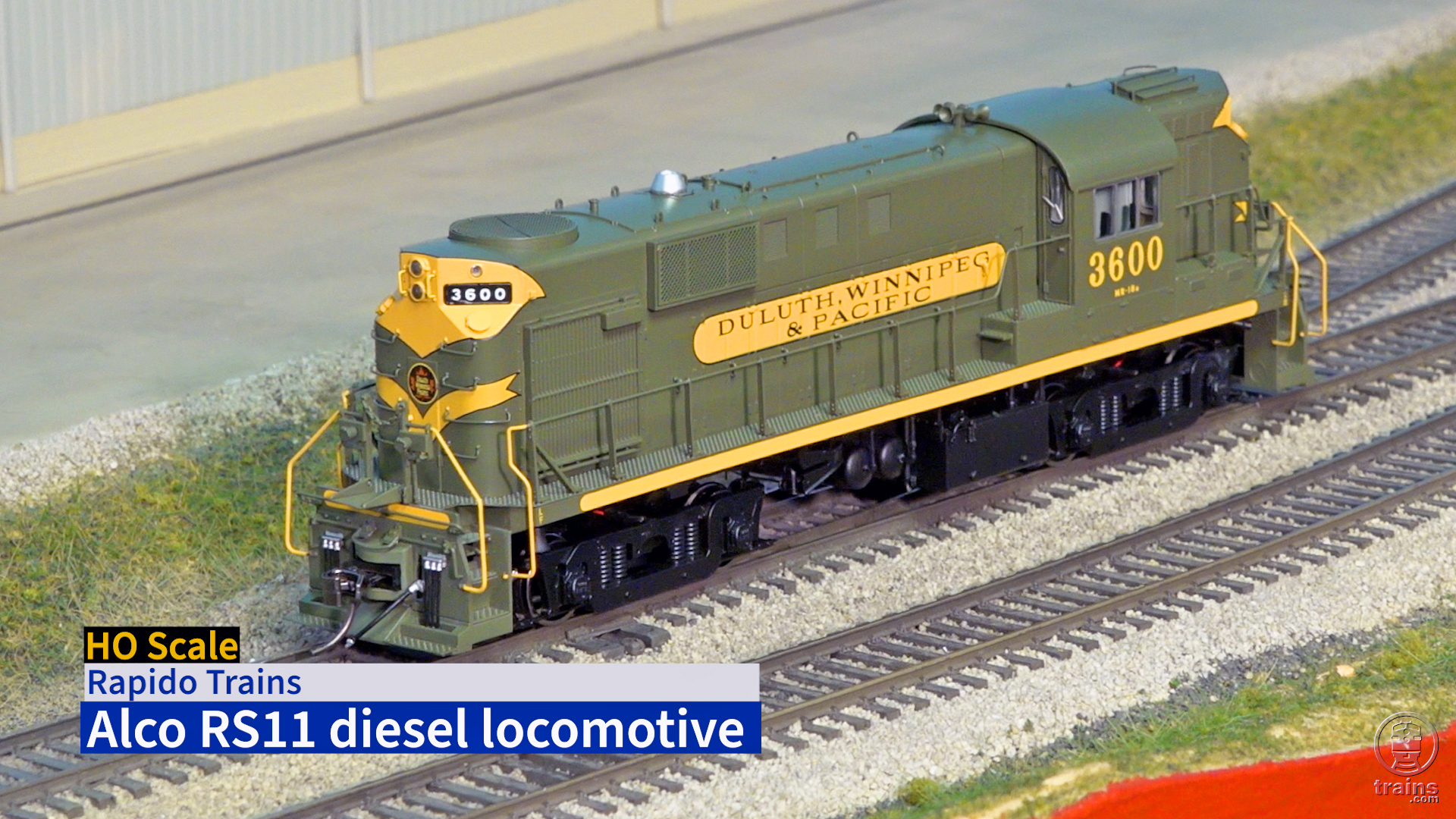
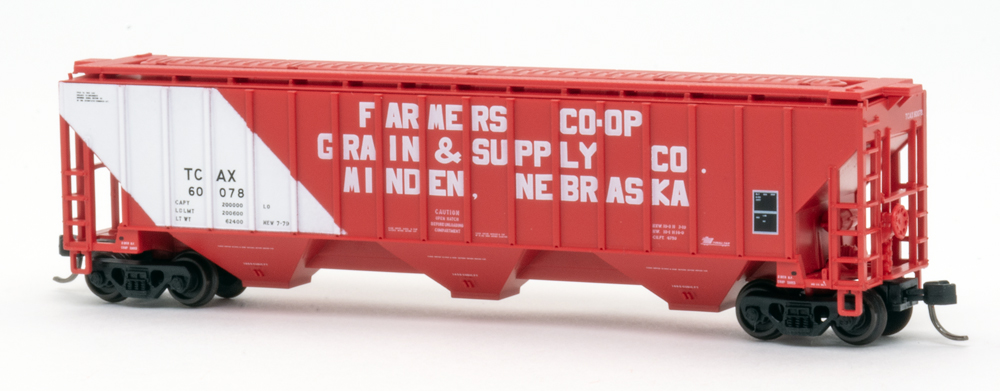




But LA has not surpassed Chicago in tunnel miles and probably never will. Not sure if you are measuring regional rail miles or just what is within city limits.
Not sure about anyone else, but does one really want to be in a tunnel 70 feet below the surface during a major quake, and there will be a major quake.
Houston will no doubt pass Chicago proper in population, but not its metro area.
Chicago has been and will shrink over the next 30-40 years. Too much housing outside the Loop is being replaced with lower densities. State property taxes are pricing people out and residents are moving away. Also Chicago has a very large collection of empty lots, part of the decline of the Rust Belt since WWII.
Los Angeles has surpassed Chicago in metro rail miles. While Los Angeles outgrew Chicago to become the second largest city in America, Houston is breathing on Chicago’s neck for third ranking.